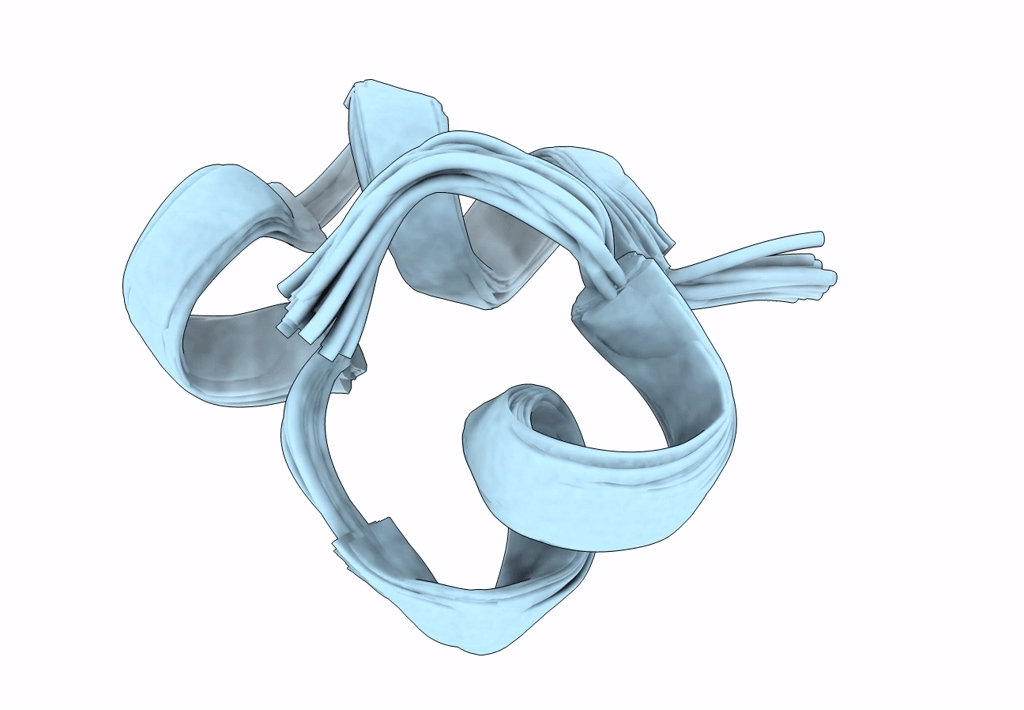
Deposition Date
2012-01-20
Release Date
2013-01-23
Last Version Date
2024-11-06
Method Details:
Experimental Method:
Conformers Calculated:
200
Conformers Submitted:
20
Selection Criteria:
structures with the lowest energy


